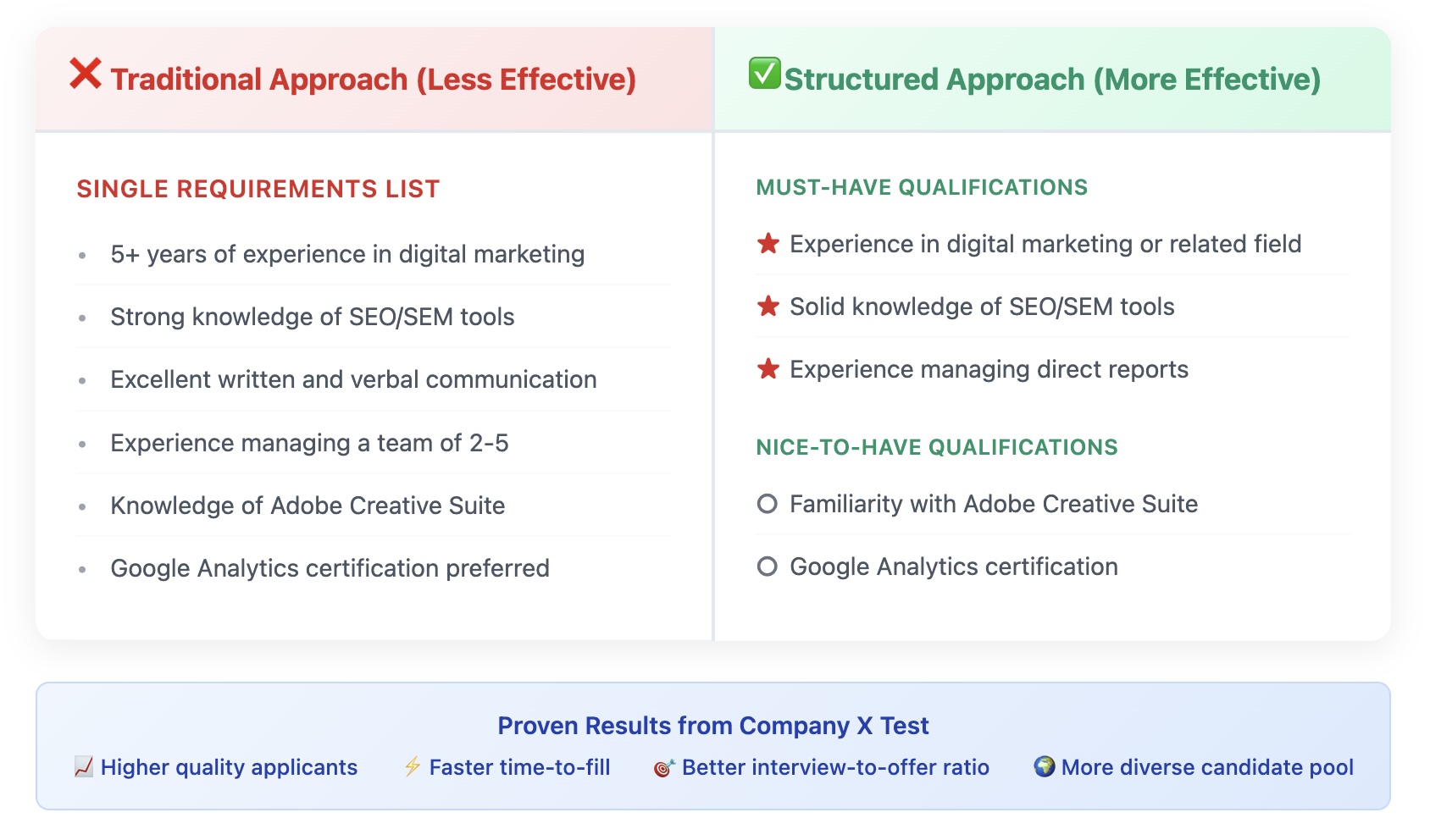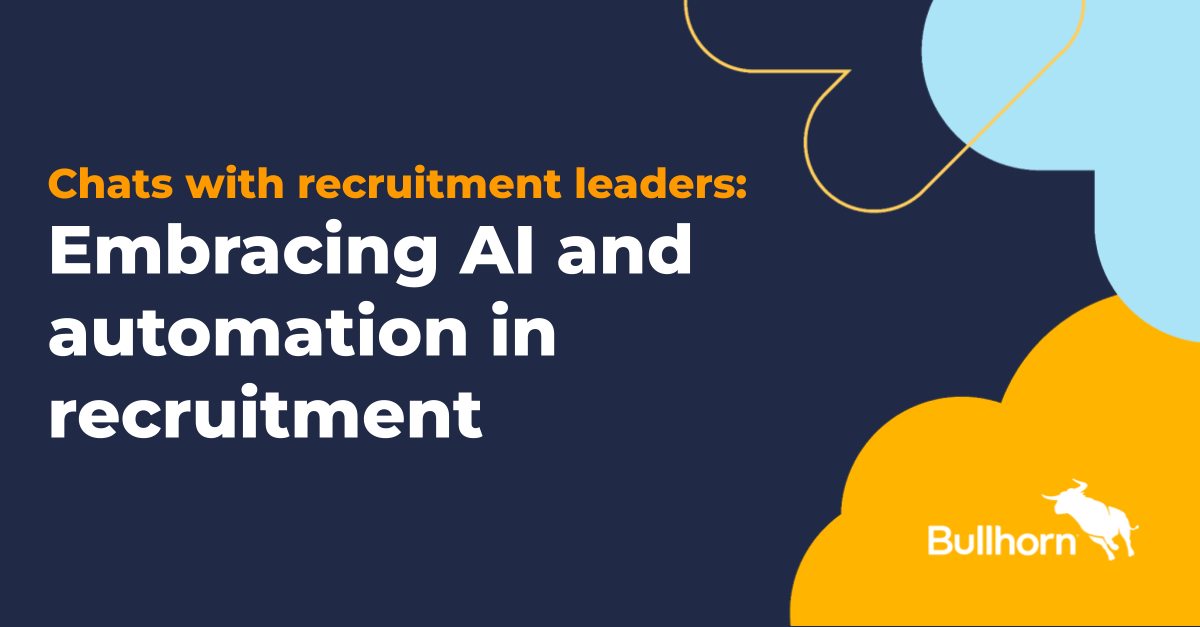
Introduction: Transforming HR with Generative AI
Generative AI is revolutionizing how organizations approach human resources, offering innovative solutions that enhance efficiency, decision-making, and employee engagement. This advanced subset of artificial intelligence focuses on creating content such as text, images, and data through complex algorithms that mimic human creativity and reasoning. The growing importance of AI in HR stems from its ability to automate repetitive tasks, analyze vast data for actionable insights, and personalize employee experiences.
Research shows that organizations leveraging AI in HR see significant operational improvements—reducing time-to-hire, lowering administrative costs, and increasing decision accuracy. Early adopters benefit from better talent acquisition strategies and higher employee satisfaction. By embracing generative AI now, HR leaders position their organizations for ongoing success in the digital age.
4 Ways to Use Generative AI in HR
The rapid development of generative AI offers transformative opportunities for HR functions. Embedding AI-driven solutions into recruitment, onboarding, decision-making, and employee support can boost efficiency, accuracy, and engagement. This chapter outlines four actionable methods to integrate generative AI into HR, providing practical guidance based on industry best practices.
1. Automating and Enhancing Recruitment with AI-Generated Content
Generative AI can revolutionize recruitment by streamlining candidate engagement and improving hiring quality. AI-powered tools craft personalized job descriptions, screening questionnaires, and interview prompts tailored to specific roles and company culture. Using natural language processing (NLP), AI can analyze resumes rapidly, identifying top candidates based on skills, experience, and fit, thus reducing time-to-hire.
AI chatbots manage candidate inquiries 24/7, provide instant feedback, and schedule interviews, creating a seamless application experience. These chatbots generate human-like, context-aware responses—minimizing screening biases and ensuring consistency. Incorporating AI into recruitment accelerates hiring cycles, boosts candidate engagement, and enhances the employer brand.
2. Streamlining Onboarding with AI-Generated Personalization
Effective onboarding is vital for new hire retention and productivity. Generative AI personalizes onboarding materials, training modules, and communication based on each new employee’s role, background, and learning preferences. For example, AI can generate customized onboarding guides, helping newcomers focus on relevant information, policies, and tools.
AI-driven virtual assistants facilitate onboarding by answering common questions, guiding administrative procedures, and scheduling training sessions. This reduces HR’s administrative workload and offers a more engaging, tailored experience. Integrating AI ensures a smoother transition for new hires, fostering faster engagement and stronger organizational connections.
3. Supporting Decision-Making with AI-Generated Insights and Recommendations
AI enhances HR decision-making by analyzing extensive data—such as performance, engagement, and turnover metrics—to identify trends and forecast workforce needs. Generative AI provides insights into employee attrition risks, suggesting tailored retention or development strategies.
It also assists in preparing HR policies by synthesizing industry benchmarks and organizational data into comprehensive reports and proposals. These AI-generated insights enable HR leaders to make data-driven decisions, reduce bias, and increase strategic impact.
4. Enhancing Employee Support with AI-Powered Conversational Agents
Providing continuous support is key to maintaining morale and productivity. AI-powered chatbots and virtual assistants serve as accessible, real-time HR support resources for benefits, policies, or career development questions.
These conversational agents understand complex queries and generate empathetic, accurate responses. They can also recommend personalized learning paths, wellness programs, or professional development options. Integrating AI into employee support channels offers immediate, consistent assistance—freeing HR professionals for strategic initiatives.
Implementing these AI methods requires careful planning to address ethical issues, privacy compliance, and organizational goals. By adopting these practical approaches, organizations unlock AI’s full potential—creating more efficient, engaging, and strategic HR functions.
1. Automating Recruitment and Candidate Engagement
In today’s competitive talent market, using AI to automate recruitment processes transforms how organizations attract, evaluate, and engage candidates. AI-driven automation streamlines routine tasks, improves efficiency, and creates a more personalized applicant experience—reducing time-to-hire and enhancing hire quality.
Creating Accurate and Engaging Job Descriptions
Generating compelling job descriptions is a key recruitment step. AI tools utilize natural language processing to analyze job requirements and craft clear, inclusive, and optimized descriptions. These tools help eliminate biased language, ensuring postings appeal to diverse candidates and adhere to SEO best practices. According to industry insights, AI-enhanced descriptions increase visibility and applicant engagement by making job posts more targeted and accessible.
Streamlining Resume Screening and Candidate Shortlisting
Resume screening can be time-consuming and prone to human bias. AI-powered applicant tracking systems (ATS) leverage machine learning to assess resumes quickly against role criteria. They analyze skills, experiences, and keywords to rank candidates objectively, prioritizing the most qualified individuals. Such systems can review thousands of resumes within minutes, reducing manual effort and promoting fairness and diversity.
Managing Pre-Interview Communication
Effective communication in early recruitment stages is crucial. AI chatbots handle common candidate inquiries about application status, roles, and next steps. Operating 24/7, these bots provide instant, personalized responses—enhancing candidate satisfaction and perceptions of professionalism.
Enhancing Candidate Experience with Personalization
AI enables tailored messaging throughout the candidate journey. By analyzing applicant data, AI systems can send personalized updates, interview reminders, and feedback notifications. This fosters positive candidate experiences and strengthens employer branding. Predictive analytics can also forecast candidate behavior, allowing recruiters to proactively maintain engagement.
Impact on Recruitment Efficiency and Quality
AI integration accelerates hiring processes and improves the quality of hires through data-driven, objective evaluation. Recent surveys indicate that organizations adopting AI report higher candidate satisfaction and better hiring outcomes. As AI advances, its role in recruitment becomes increasingly vital for organizations seeking to stay competitive and deliver outstanding candidate experiences.
2. Improving Onboarding and Employee Training
Effective onboarding and ongoing training are essential for engagement, retention, and productivity. AI-powered chatbots enable personalized onboarding and bespoke training content tailored to employee needs.
Personalized Onboarding Experiences
AI-driven chatbots transform onboarding by delivering customized, interactive experiences. They collect personal data—such as prior experience and learning preferences—and generate tailored onboarding paths, simplifying integration. Chatbots introduce company culture, policies, and tools with instant answers, reducing HR workloads and increasing support and engagement from day one. Research highlights that personalized onboarding speeds up productivity and boosts satisfaction.
Generating Tailored Training Content
AI chatbots assist in creating relevant training modules aligned with career goals and skill gaps. Based on performance data and aspirations, they recommend learning paths and generate current, engaging content. For example, cybersecurity modules for IT staff or soft skills training for customer service reps. Personalized training enhances knowledge retention and application, fostering ongoing professional development, according to industry studies.
Enhancing Engagement and Flexibility
AI chatbots offer flexible, 24/7 access to training and support, accommodating different schedules and learning styles. They also facilitate continuous feedback, enabling organizations to refine onboarding and training practices. This approach results in higher engagement, quicker onboarding, and a more adaptable, skilled workforce.
3. Enhancing HR Decision-Making and Analytics
Data-driven HR decision-making is crucial for sustainable growth and workforce motivation. AI-enabled analysis of employee data offers insights into engagement, turnover, and performance, enabling strategic choices. Predictive models aid in workforce planning, reducing risks, and optimizing talent management.
Analyzing Engagement, Turnover, and Performance
AI processes extensive employee data—from surveys and performance reviews to digital activity logs—to discover patterns and insights that might be missed otherwise. Sentiment analysis evaluates feedback to gauge engagement, while predictive analytics identify employees at risk of leaving by analyzing satisfaction, workload, and sentiment trends. Studies report that organizations using AI for HR analytics see up to a 20% reduction in voluntary turnover and increased engagement.
Building Predictive Workforce Models
Forecasting talent needs relies on sophisticated predictive analytics. AI models analyze historical hiring, economic trends, and organizational data to recommend optimal staffing schedules, skill development, and succession plans. This proactive approach minimizes talent shortages and supports diversity by identifying biases and promoting equitable growth.
Transforming HR Strategy with Analytics
Integrating AI analytics enables HR to operate more strategically. Real-time dashboards and reports help address issues quickly, allocate resources effectively, and align HR initiatives with organizational goals. As AI evolves, insights become deeper and predictions more accurate, elevating HR as a strategic growth partner in the enterprise.
4. Facilitating Employee Support and Internal Communications
Effective internal communication and ongoing employee support are critical for productivity and engagement. AI-driven chatbots and automation enhance support, handle FAQs, and streamline communication channels.
Enhancing Support with AI Chatbots
AI chatbots serve as accessible support agents, providing instant help on HR, IT, and administrative questions around the clock. Gartner reports that deploying chatbots can reduce support ticket volumes by up to 70%, enabling faster responses and freeing up human agents for complex issues.
Managing FAQs and Routine Queries
Repetitive questions about leave policies or troubleshooting can clog support channels. AI automates these, delivering immediate, accurate responses—improving satisfaction and reducing operational costs. Forrester predicts continued growth of support automation, emphasizing its role in scalable, self-service environments.
Internal Communications and Feedback
AI tools facilitate targeted messaging, personalized updates, and real-time notifications to ensure relevant information reaches employees promptly. Automated surveys and sentiment analysis gather ongoing feedback, revealing morale levels and areas needing attention. These insights support proactive HR strategies.
Automating Routine Administrative Tasks
Automation extends to onboarding procedures, policy updates, and training reminders, creating a cohesive support ecosystem that enhances operational efficiency and improves the employee experience.
Conclusion
Integrating generative AI into HR functions has become essential for organizations seeking competitive advantage in today’s digital landscape. The four key strategies—automating recruitment, personalizing onboarding and training, enhancing data-driven decision-making, and streamlining employee support—demonstrate AI’s transformative potential in creating more efficient and strategic HR operations that directly impact business outcomes.
HR leaders must thoughtfully implement AI solutions while balancing technological advancement with ethical considerations and privacy compliance. By evaluating current processes, identifying high-impact areas for AI integration, and fostering continuous learning, organizations can unlock unprecedented levels of productivity and employee engagement that drive organizational growth and competitive advantage.









